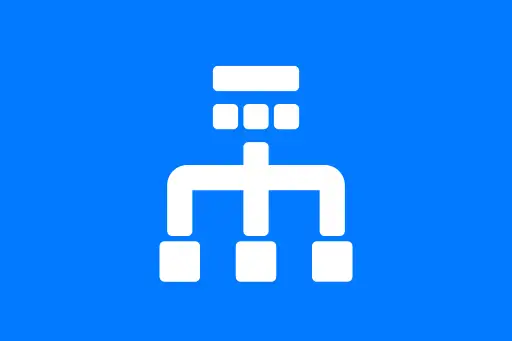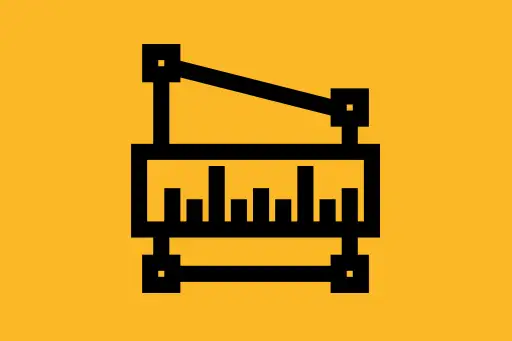What is System Design?
What is System Design?
System Design is the process of defining the architecture, components, modules, interfaces, and data for a system to satisfy specified requirements. It is a critical skill for software engineers who are building applications that are expected to handle real-world challenges like high traffic, data scalability, fault tolerance, and performance bottlenecks.
Why is System Design Important?
When you're building a simple app for a few users, design decisions may seem straightforward. But imagine your app becomes popular and needs to handle millions of users, store terabytes of data, and provide responses within milliseconds. Without a proper design, such systems become slow, unstable, and unreliable.
Real-Life Analogy: Building a House
Think of software system design like designing a house:
- Blueprints represent the system architecture.
- Rooms, plumbing, wiring represent the individual components (databases, services, APIs).
- Materials (wood, concrete) represent technology choices (SQL, NoSQL, caching, etc.).
If the blueprint is flawed, it doesn't matter how strong your materials are — the house won't function well.
Question: Is System Design only for big companies like Google or Amazon?
Answer: No. Even a startup or a solo developer needs basic system design to make their app scalable and maintainable. It becomes increasingly important as the app gains more users.
Types of System Design
- High-Level Design (HLD): Focuses on system architecture — how components interact, protocols, services, data flow, etc.
- Low-Level Design (LLD): Deals with internal logic like class diagrams, database schemas, object-oriented design patterns, etc.
Example 1: Designing a Simple URL Shortener (Like bit.ly)
Let’s say we want to build a URL shortener. The user enters a long URL, and the system generates a short one.
Design Thoughts:
- Where do we store the mapping between long URL and short URL?
- How do we ensure uniqueness of short URLs?
- How fast should the redirect happen?
- What if the system gets 1 million requests per second?
Even this small problem requires decisions about:
- Database (SQL vs NoSQL)
- Load Balancers to distribute traffic
- Hashing strategy or key generator for short URLs
- Caching layer (e.g., Redis) for fast lookups
Question: Can't we just build it and fix issues later?
Answer: For small-scale, yes. But in production, bad design can cause downtime, data loss, or high infrastructure costs. System Design helps you avoid these early.
Example 2: Chat Application (Like WhatsApp)
Suppose you’re designing a chat system. Think of what happens when:
- You send a message
- You go offline and come back
- You receive group messages instantly
System Design Considerations:
- Real-time data delivery (via WebSockets or Push notifications)
- Message queues to store messages if the user is offline
- Database choices for storing chat history
- Sharding messages for scalability
Question: Why not use one big server for everything?
Answer: One big server (monolith) can be a bottleneck. If it fails, the whole system goes down. Scalable systems use distributed components to spread the load and ensure high availability.
Common System Design Goals
- Scalability: Can handle increased load
- Availability: Always up and running
- Reliability: Delivers consistent results
- Maintainability: Easy to update and monitor
What System Design is NOT
- It is not about writing code (though design leads to implementation).
- It is not a one-size-fits-all — different use cases need different designs.
- It is not only about fancy diagrams — it’s about trade-offs and reasoning.
Key Takeaways
- System Design is about planning the architecture of a scalable, reliable software solution.
- It involves understanding trade-offs between choices: database types, caching, queues, etc.
- Even small apps benefit from thoughtful design.
- It becomes essential as systems grow in users, data, and complexity.
Coming Up Next
Now that you understand what System Design is, the next step is to dive into Functional and Non-Functional Requirements — the foundation of every good system design discussion.











Comments
Loading comments...